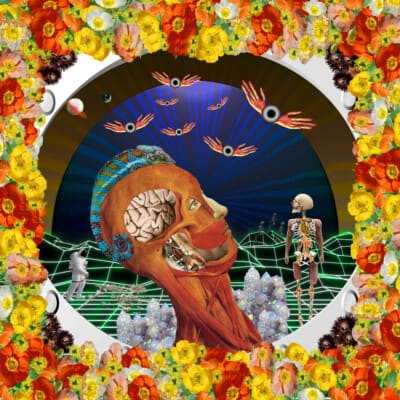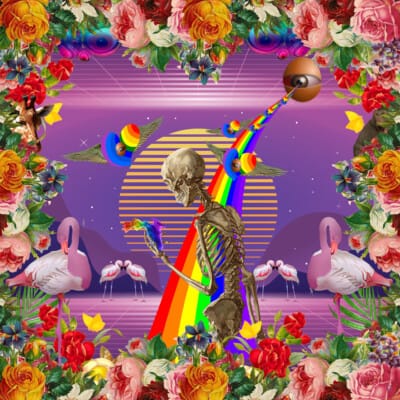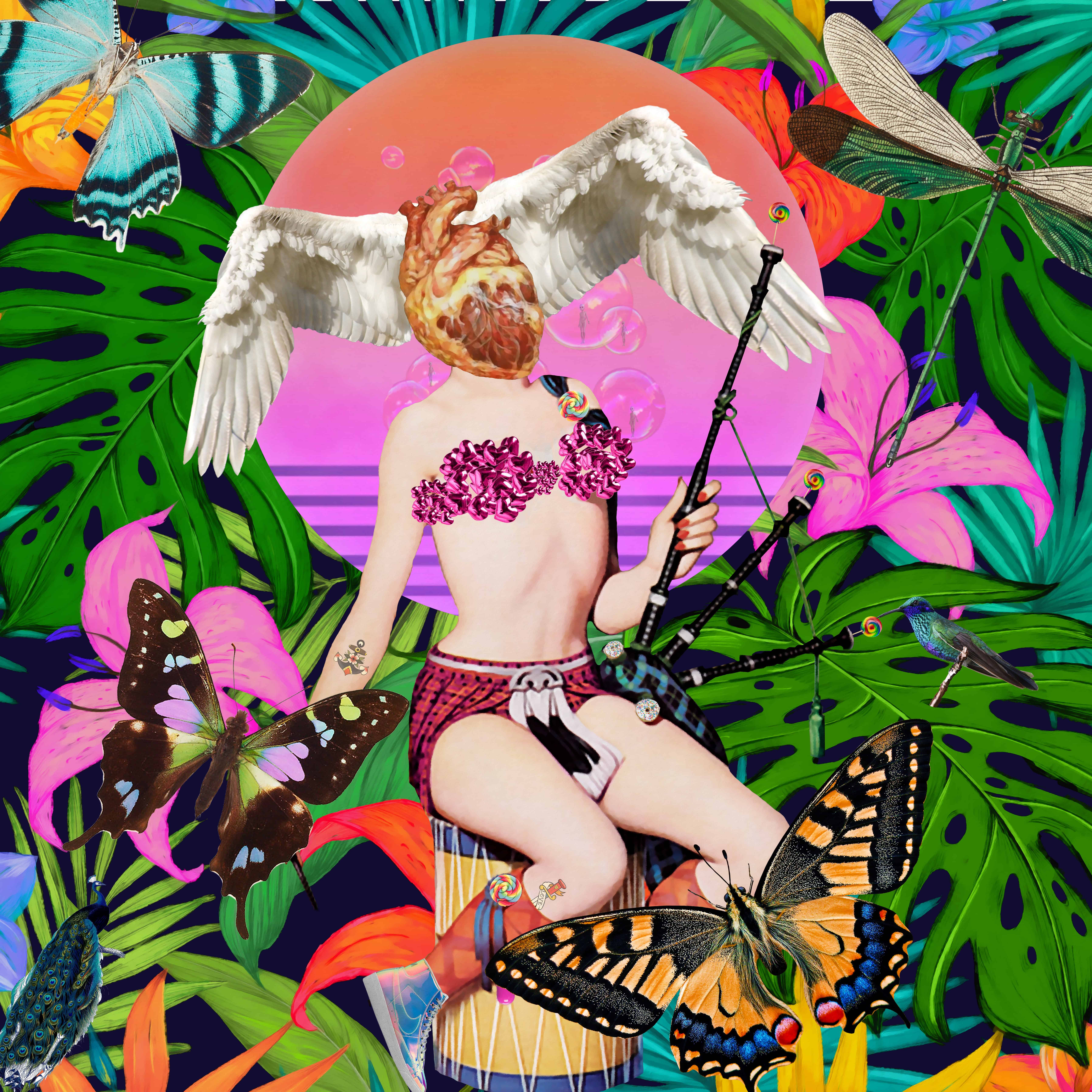Before the COVID-19 crisis hit Toronto with full velocity—cancelling events across the board—we were working to promote Being Scene an annual group show from Workman Arts, a local non-profit that works with artists who have lived experience of addiction and mental health issues.
With more than 100 artworks, representing 66 artists in the GTA, it’s a show with a diverse range of artwork, that supports a large community. And now they need our support more than ever.
We can’t attend the show in person, but through the Workman Arts site, you can view & purchase a lot of the work online (one painting can represent food for a week), and like all Workman Arts shows,100% of the sale price goes to the artists (plus a small admin fee to help cover costs).
With all of Toronto now practicing social distance, many of us will be feeling isolated. There is uncertainty, there is fear, both of which can contribute to anxiety, depression, and also trigger relapse. Art can be an outlet to calm busy our hands and calm our minds—it can help pull us through.

Important conversations and creativity don’t stop during a pandemic—they become increasingly more important for our survival.
Trinley Dorje is one of the artists who was participating in the show, we spoke with her about how art helps support her mental health, and how she explores the collective human experience through her work.
How does creating art support your mental health?
I am a late bloomer of sorts in the art world. I started on my artistic path in late 2016 at the age of 45. I started drawing again as a way to reduce stress and find a way to unwind after a long day. I currently have a physically and mentally demanding job in healthcare. I was starting to feel burnt out and needed to find a way to reduce stress. I find the creative process to be very relaxing, a type of meditation. One which allows me to switch off all the stresses of the day, to have a more focused attention and a relaxed body.
Your work touches on many different ideas and themes—loneliness, pleasure, anxiety, to name a few—what would you say is a common theme that is ever present?
I have always had a humanitarian mindset and I refer to my most recent work as visual anthropological explorations of the human experience. Generally speaking, the common theme explores what in means to be human. This includes references to our emotions, how we react or respond to those, how our experiences affect our mental health and the ways in which our day to day experiences impact our lives. My artwork explores lived experiences, which are based on societal and cultural ideals of beauty, physical standards, gender roles and the resultant link to the oppression of and discrimination towards those which don’t fit into that box. These ideals were essentially created by patriarchal societies and formed through racist, sexist and classist thoughts and ideas.
Breaking down these biased standards is the reason why I use human anatomy in the majority of my work. By focusing on our internal anatomy, I remove the external superficial traits which are so commonly associated with prejudices and stereotypes. The anatomy I focus on is mainly musculoskeletal but often includes hearts, brains and eyes. The latter three being highly symbolic in my work. The heart is seen as the seat of the human soul, an emotional centre and a “breakable” organ. The brain processes our senses, each of us can have a different emotional response to the same stimulus. The eyes are seen as “windows into our soul” and are a path for information into the brain.
Additionally, our experiences are impacted by the environment in which will live. On a personal level (home, work) and on a much larger scale (Earth). The climate crisis is always a measured element in my work. I include it through the inclusion of botanical elements and in the background of each piece.

The Confidence of Fragility
What’s a lesson you learned from another artist, or teacher, that has always stuck with you?
Many lessons have stuck with me over the years, but I think the one which also influences my philosophy came from a Buddhist teacher of mine. She taught me to be patient and kind with myself. It was definitely a “Eureka!” moment because up until that point, I never even thought about being patient with myself. I was very hard on myself which, in turn, caused a lot of self-doubt and anxiety.
It also taught me that there is no reason to stress over events that I cannot control or change. Maintaining this mind-set isn’t always easy, but I am much more grounded and emotionally resilient because of it. Self-kindness and patience is an important practice for us all and it still drives me to this very day.
It’s important for me to remain grounded and optimistic of our future despite all the negativity in the news. It helps with attention and focus, and allows me to let the things go which I cannot control.
Although now moved to online viewing, what do you love most about the Being Scene show?
Being Scene is an incredible opportunity to showcase my art while also providing mental health awareness and supporting the programs within Workman Arts. I have participated for the last three years and I’ve always found it to be a beautifully curated show. It is a supportive environment and offers additional events during the exhibition run. As someone who has navigated through my own mental health journey, I feel it is an important event to participate in and to exhibit some of my art which is relevant to mental health and wellness.
Check out more work from the Being Scene show here, and support local artists during this incredibly difficult time.



 Follow Us On Instagram
Follow Us On Instagram
